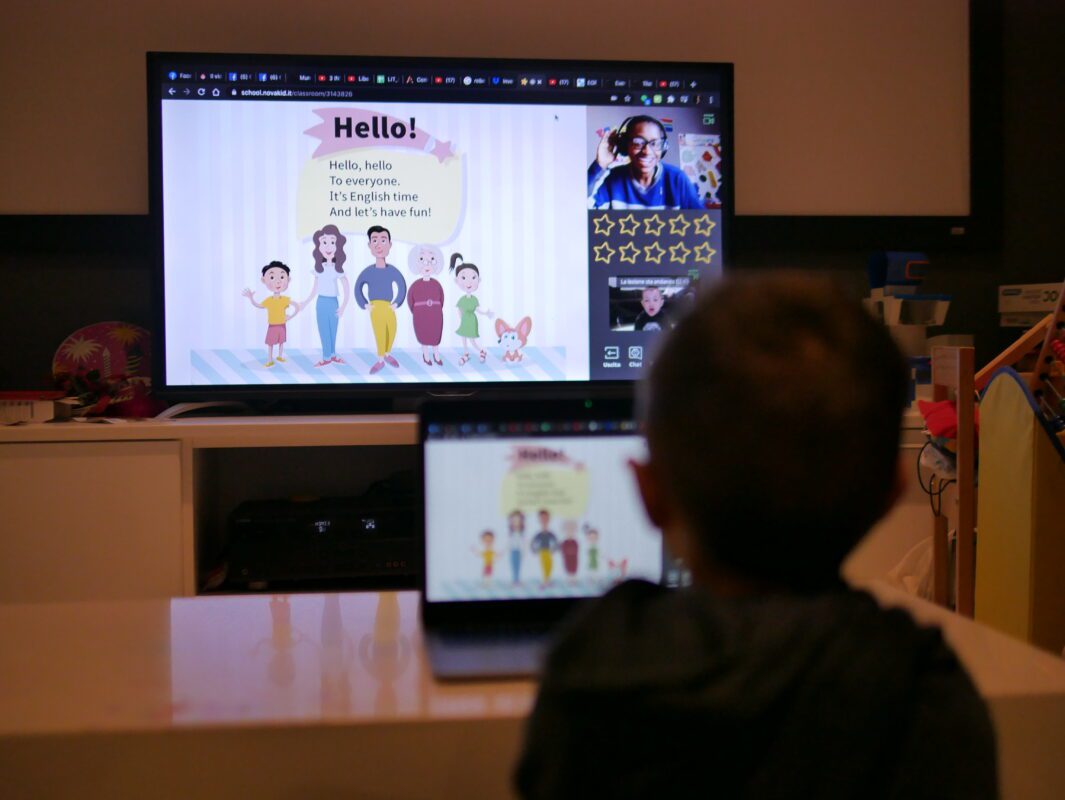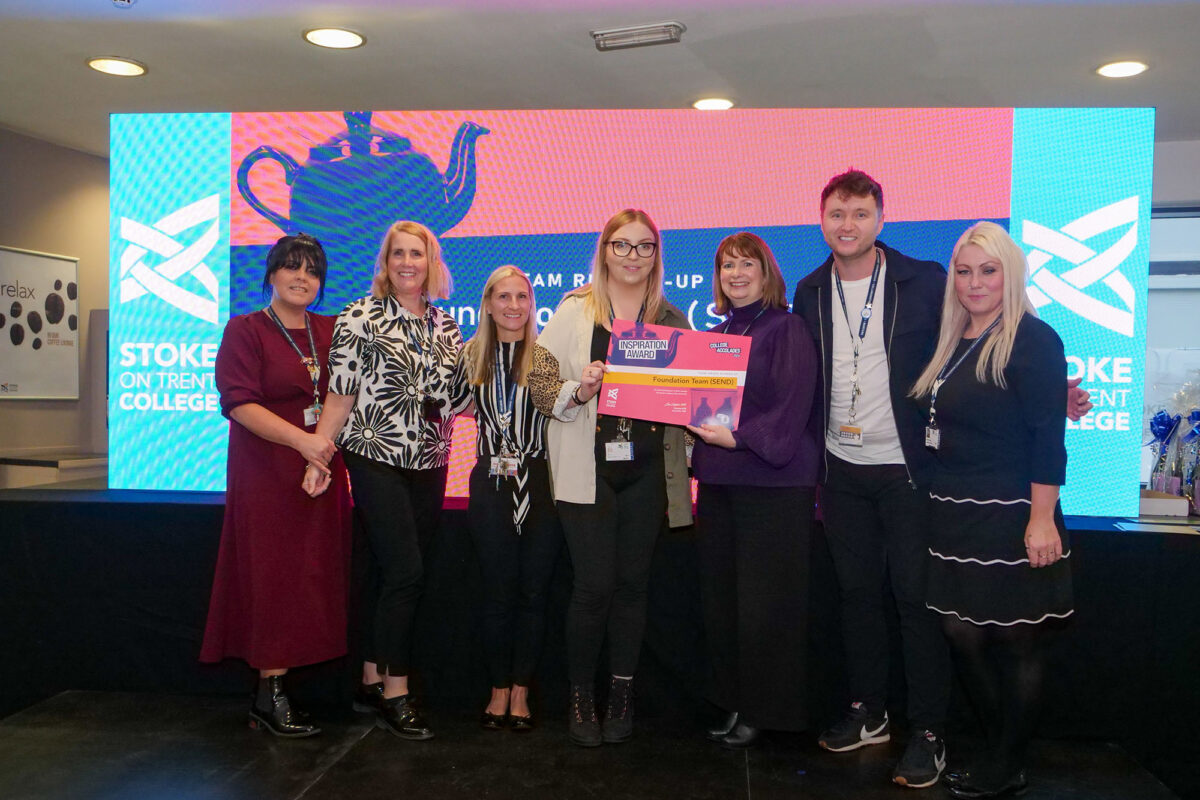The Trend of Transparency in Learning is Poised to Revolutionize EdTech

Written by Max Azarov, Co-Founder and CEO of Novakid
Personalization of learning is a well-established trend by now. The concept has been around since the 1950s, but automation and technology have only recently been able to help educators delve more deeply into the idea.
Transparency in the learning process means there is clarity in every single step of the educational journey for students, teachers and parents or guardians.
This is done through means such as adaptive learning, in which Artificial Intelligence (AI) creates constantly evolving learning paths for individual students based on online assessments and diagnostics.
It can also be done with augmented intelligence and predictive analytics. Augmented intelligence helps educators engage more effectively with students by taking over routine tasks like grading to allow more time for individualized feedback.
Predictive analytics work by creating models for future learner outcomes based on previous data. Being able to see a clear path helps students, parents and educators set attainable goals and get an in-depth look at which parts of the learning process are working or not working.
AI is now able to offer more transparency than ever before. Edtech can leverage machine learning to compile personalized, competency-based curricula based on data collected about learning curves and other relevant student information.
This is the impetus behind companies like Novakid, Amplify and Khan Academy, to name a few.
Here’s why transparency in learning is the trend to watch
Transparency is the next step toward deepening the ongoing personalization trend. Research done by Mary-Ann Winkelmes has shown that transparency has positive effects on short-term performance in individual courses as well as long-term impacts on a student’s overall persistence and tenacity through further education.
New technology is pushing this trend to the forefront. AI and other emerging tech can gather and analyze student data for a more productive, efficient learning process. This level of automation also gives educators a better foundation for trust in relationships with both the learners and the parents.
Studies have shown that more transparency in education improves parental engagement by involving them more in the learning process. This makes the transparency trend more critical than ever because of the overall decline in active parent engagement.
When educators, students and guardians are able to work together, learning outcomes are consistently better throughout the student’s educational career.
Case studies of how AI in Edtech assists with transparency
Wisconsin tech coach Deb Norton has noted that most classrooms are only just beginning to understand how machine learning can improve education. A recent survey by EdWeek’s research center noted that 26 percent of polled educators are already looking to AI to personalize a student’s real-time learning experience, which tracks with Norton’s experience. She believes that administrators and teachers are ready to find out how AI can help create better educational experiences.
Additionally, educators are using machine learning to make complex or challenging texts more accessible to students on the autism spectrum or those with learning disabilities. Researchers at a Belgian university have been exploring how AI can be integrated into smart devices to allow people with disabilities to not only enhance daily experiences but level the proverbial playing field in education as well. These tools offer personalized accommodations that help parents and educators create a more transparent, tailored education plan.
Finally, online platforms are using AI in tandem with skilled tutors to teach foreign languages to non-native speakers. For example, Novakid utilizes transparency in learning to compile a data-driven curriculum for each child. To boost parent engagement, the platform generates an extensive report on which skills are progressing and which still need help. The machine learning algorithms use proactive adjustment based on each individual’s learning style and progression, which leads to greater transparency and retention for the learner.
Novakid measures student achievement across 1,500 data points in both reactive and proactive ways. It’s reactive in the sense that the platform uses A/B testing and data collection to immediately make adjustments to facilitate success in the present.
It’s proactive because the AI is able to predict the learner’s “path of least resistance” by compiling parent, student and teacher feedback and integrating that information with its own internal data tracking.
Khan Academy uses machine learning to enhance its educational offerings as well. The system uses student assessments to determine proficiency levels. This, in turn, allows students to move through material at their own pace. This means that students get extra assistance if they’re answering questions incorrectly, but those who can move through the material easily are not bogged down with material that feels like busywork.
In both instances, the uniqueness of the student determines their learning path, and AI is used to streamline the development of the best possible path. Treating learning in this way keeps students engaged, which also helps parents and educators support the learner.
AI and transparency in learning are an ideal match for the future
Up until a few years ago, this level of transparency in learning could not be achieved. Machine learning is continually improving, so this trend will continue.
Transparency in learning is the future of education. Even now, students of all ages and learning styles are gaining access to a more advanced level of personalization and exploration of how they learn. This progress is exciting from an Edtech perspective.
In the past, educators had limited resources that had to be used to reach as many children as possible. Now, educators can teach students across all ages and learning styles more effectively by allowing AI to compile data-driven curriculum and offer insights to students and teachers about how each individual learns best.
Personalization through machine learning is evolving, and I can’t wait to see how it grows and takes off in the future.











Responses